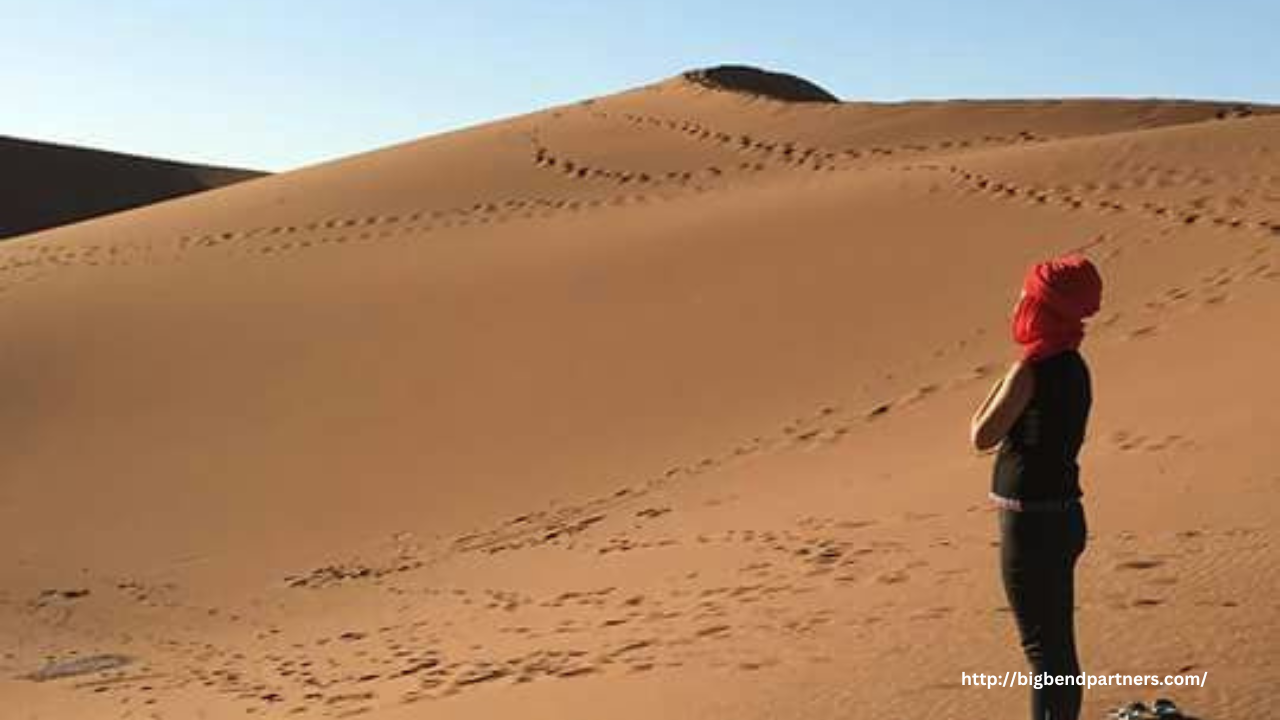
At first glance, the desert may seem like a harsh, lifeless expanse—a barren wasteland of sand and stone under a relentless sun. Yet for those who venture into its silence with open hearts, the desert reveals itself as a sacred space brimming with spiritual renewal. In its raw, elemental simplicity, the desert strips away illusion and distraction, inviting the soul into a profound encounter with itself and the Divine.
Shedding the Superficial
The transformative power of the desert lies in its ability to strip life down to its essentials. With no luxuries, no noise, and no busyness, what remains is presence. The desert demands authenticity. Here, there is no room for pretense, and the soul is laid bare. This shedding of the superficial—of ego, anxiety, and societal roles—creates the space necessary for inner healing. It is in this raw openness that the soul begins its journey from barrenness to blessing.
A Sacred Pause
The desert offers a pause in the rhythm of life. Away from the chaos of daily routines, technology, and obligations, the mind can finally rest. The stillness of the desert is more than the absence of noise; it is a sacred hush that calms the heart and opens the spirit. In this spacious silence, one can hear the whispers of intuition, divine inspiration, and truth. Many spiritual traditions regard the desert as a place where divine messages are received—a setting for revelation and renewal.
Encounters with the Divine
Historically, the desert has been the backdrop for powerful spiritual encounters. Biblical prophets wandered the desert seeking divine guidance. In the Christian tradition, Jesus fasted and prayed in the wilderness, facing both temptation and revelation. In the Islamic tradition, the Prophet Muhammad received his first revelations in a desert cave. These stories are not just historical accounts; they speak to the universal human experience of finding God in solitude and simplicity.
In the desert, the natural world speaks clearly. The vast skies, the rise and fall of dunes, the resilience of desert flora—each element becomes a symbol of divine truth. As one meditates in this environment, the boundaries between self and sacred dissolve. The harsh beauty of the desert invites surrender, and through surrender comes transformation.
Rebirth and Renewal
Though the desert appears lifeless, it is a landscape of resilience and hidden vitality. Seeds lie dormant beneath the sand, blooming suddenly after rain. In the same way, the soul, seemingly withered by life’s hardships, can find renewal in the desert. With time, reflection, and openness, a sense of inner wholeness begins to emerge.
The journey through the desert—literal or metaphorical—is never easy, but it is deeply rewarding. The solitude, simplicity, and sacredness of this place work together to bring the soul back to life. What begins as a barren experience becomes a blessed one, filled with clarity, peace, and spiritual renewal.
The desert, in all its fierce beauty, stands ready to guide us—from barren to blessed, from brokenness to wholeness.








